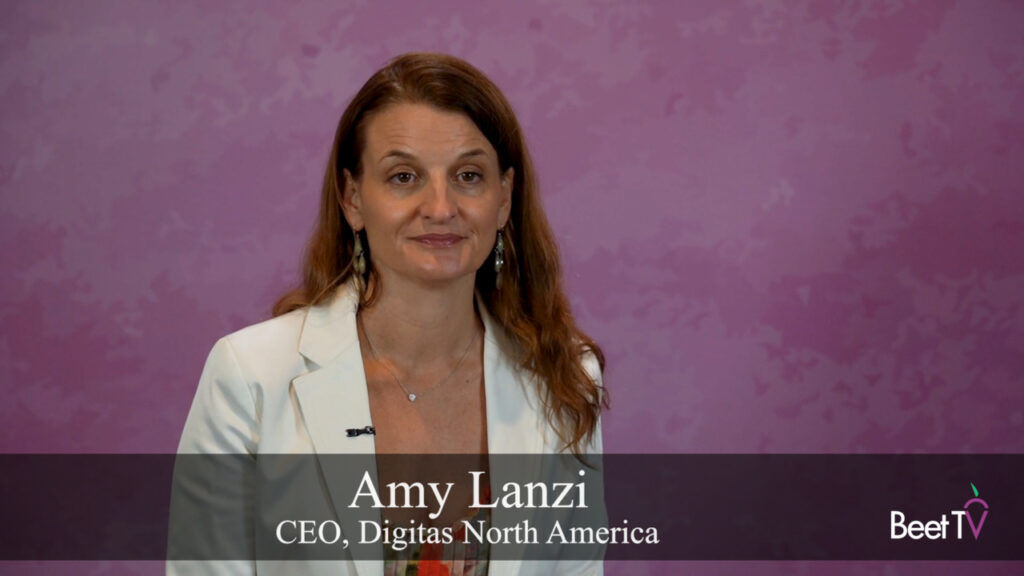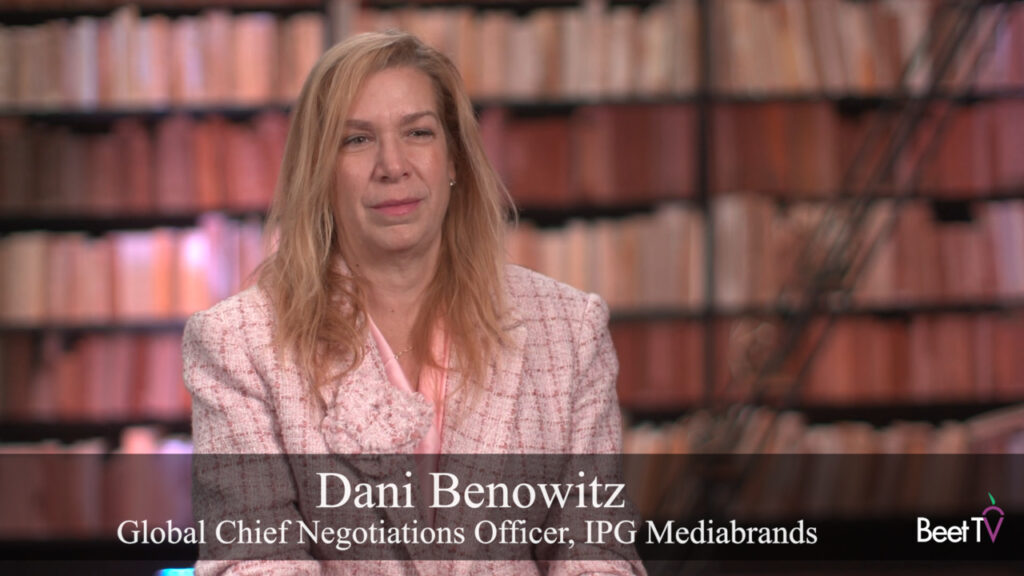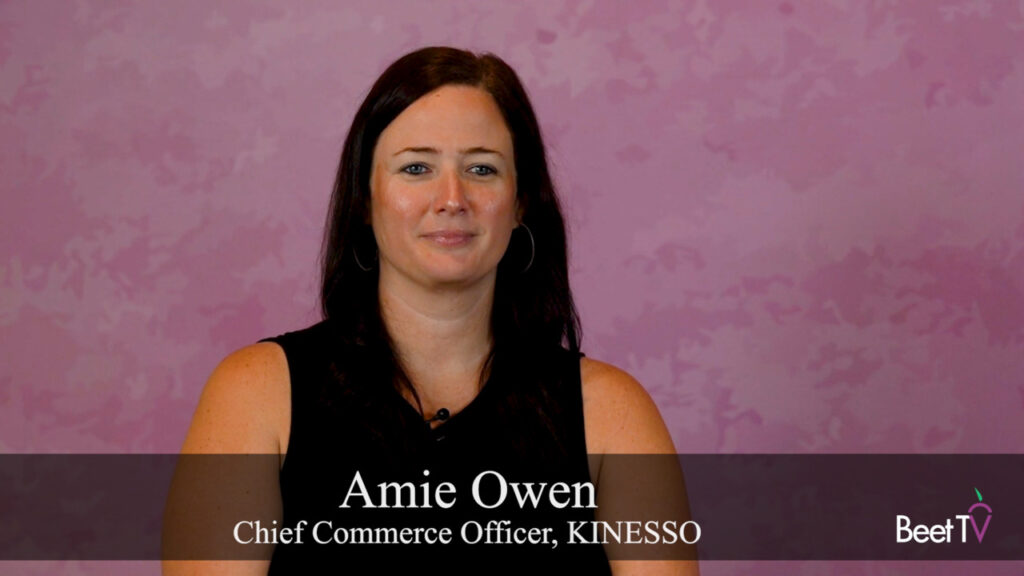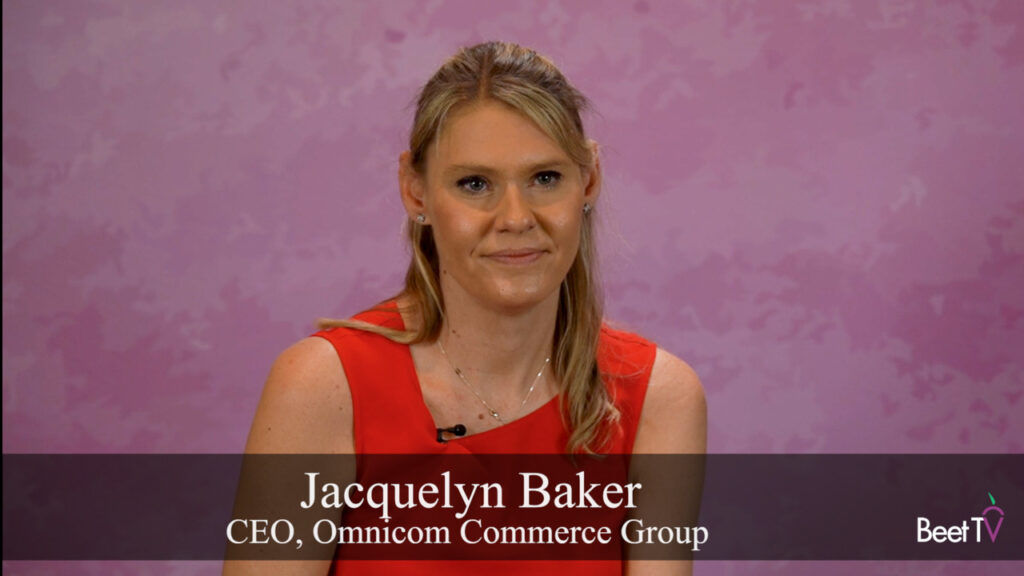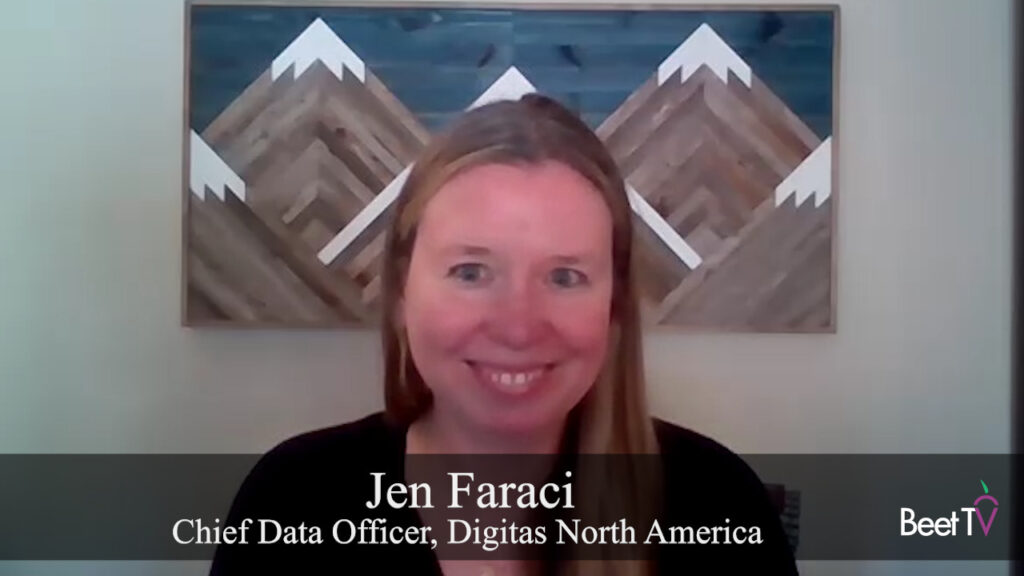
Since the company's launch in 2006, online video ad network BrightRoll has seen CPMs for video ads drop by $1 to $1.50 each quarter. "Prices have been inflated and there has been a false equilibrium about scarcity," BrightRoll CEO Tod Sacerdoti told Andy last week at the OMMA summit.
Certainly, steady price drops are a cause for concern (and blood pressure checks for CEOs), but Sacerdoti said he expects CPMs to stabilize shortly in the low teens. When that happens expect more ad money to flow into the Web video business.
The latest market estimates from Magna predict online video should generate $699 million in ad dollars this year.
BrightRoll itself is cracking open some marketer budgets. Earlier this year the company landed a large chunk of a $20 million online video ad spend from the consumer packaged goods company Reckitt Benckiser,
a buy widely seen as a large vote of confidence in online video because Reckitt shifted that money from its TV budget to the
Web.
But don't expect online video to steal dollars from TV budgets, Sacerdoti said. The new money in Web video will likely come from underperforming venues like print and outdoor, he said, adding that Brightroll makes money via a percentage of the ad spend across its network. Brightroll reaches more than 62 million unique viewers each month, placing it as the 5th largest ad network according to comScore.
Because the ad network business is a bit of a commodity business, companies like Brightroll and its competitors like YuMe, ScanScout, Tremor and BBE regularly roll out new features. Some of the latest additions from Brightroll include its new pricing model that lets advertisers buy based on performance, such as cost per engagement, cost per click or cost per completed video. Also, the company introduced behavioral targeting for ad buys so marketers can segment by demographic, interest and intent to purchase.
Daisy Whitney, Senior Producer






